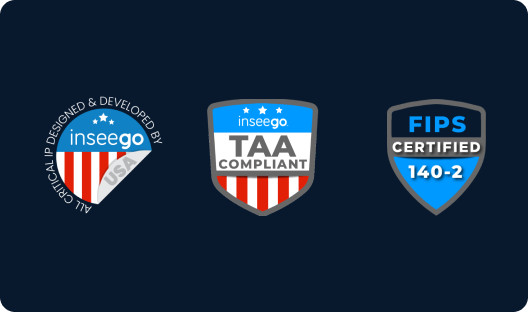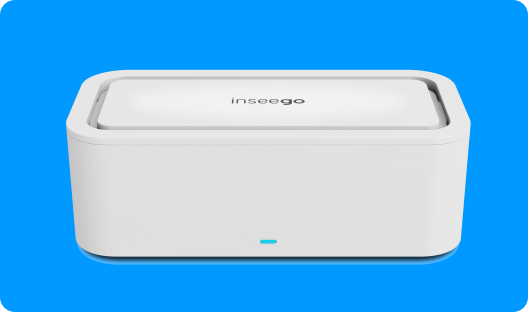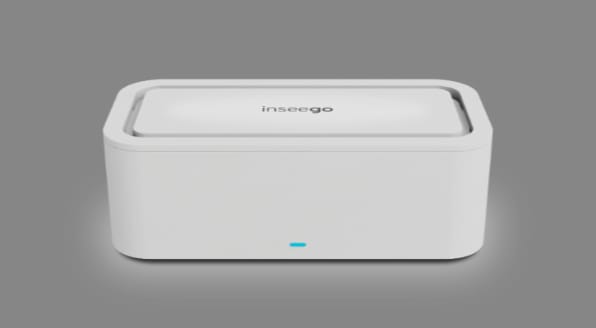More from the fleet glossary
View all fleet glossary entriesWhat is a commercial vehicle?
Commercial vehicles are, broadly speaking, vehicles used for business, in a range of commercial applications. Commercial motor vehicles come in a range of different vehicle types, from pick-up trucks, company cars or passenger vehicles like buses.
Light commercial vehicles typically have smaller payload sizes and may incorporate features normally only seen in road vehicles such as rear seats, double cab layouts and luxury front seats.
The key is finding the commercial vehicle that best matches the intended business purpose and any legal constraints such as emissions or the vehicle’s gross vehicle weight rating (GVWR or GVW) for the area the commercial vehicle will be operating in. For example, some streets don’t allow commercial vehicles over a certain weight, and in some cities only electric vehicles are permitted.
Other considerations for finding the right commercial vehicle include the type of things it will be used to transport, which is particularly important for goods vehicles. This includes the available cargo space, or load space, in the vehicle, the load bay (or load area), or if the vehicle will be used for towing.
Modifications to the vehicle may be needed if it will be used to transport hazardous materials according to the rules issued by the local transportation authorities.
Some commercial vehicles may only be used off-road or part time for personal use, in which case they may be eligible for rebates (for tax purposes). Check with your local tax authority for more information.
The best way to manage your commercial vehicles is with fleet management software. Fleet management software helps you to right-size the number and type of commercial vehicles you run, making sure you find the right balance between economy and vehicles that are suited to the task. It can also help you to dispatch the most fuel efficient vehicle for the job, reducing your overall cost per mile and improving your profitability.










